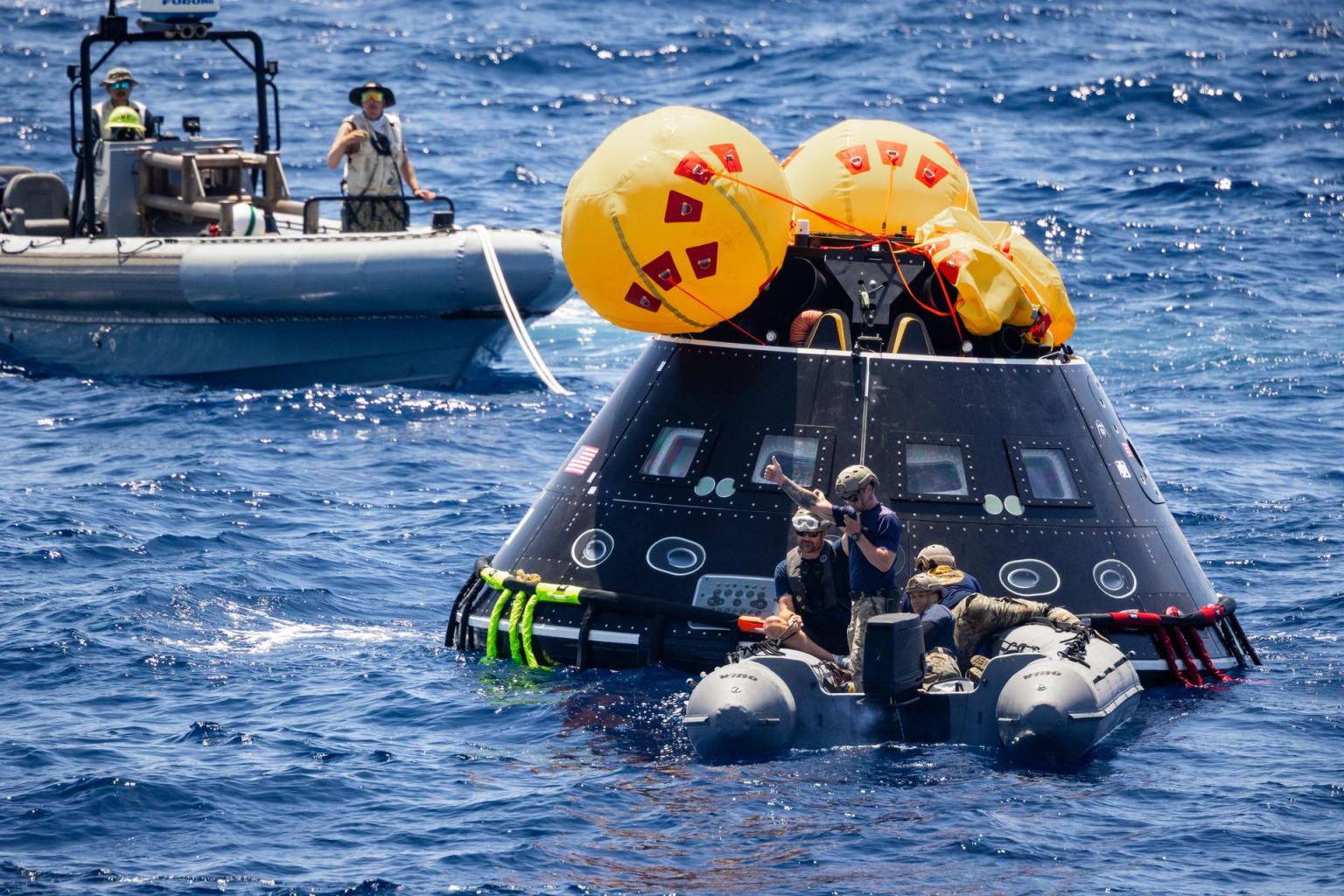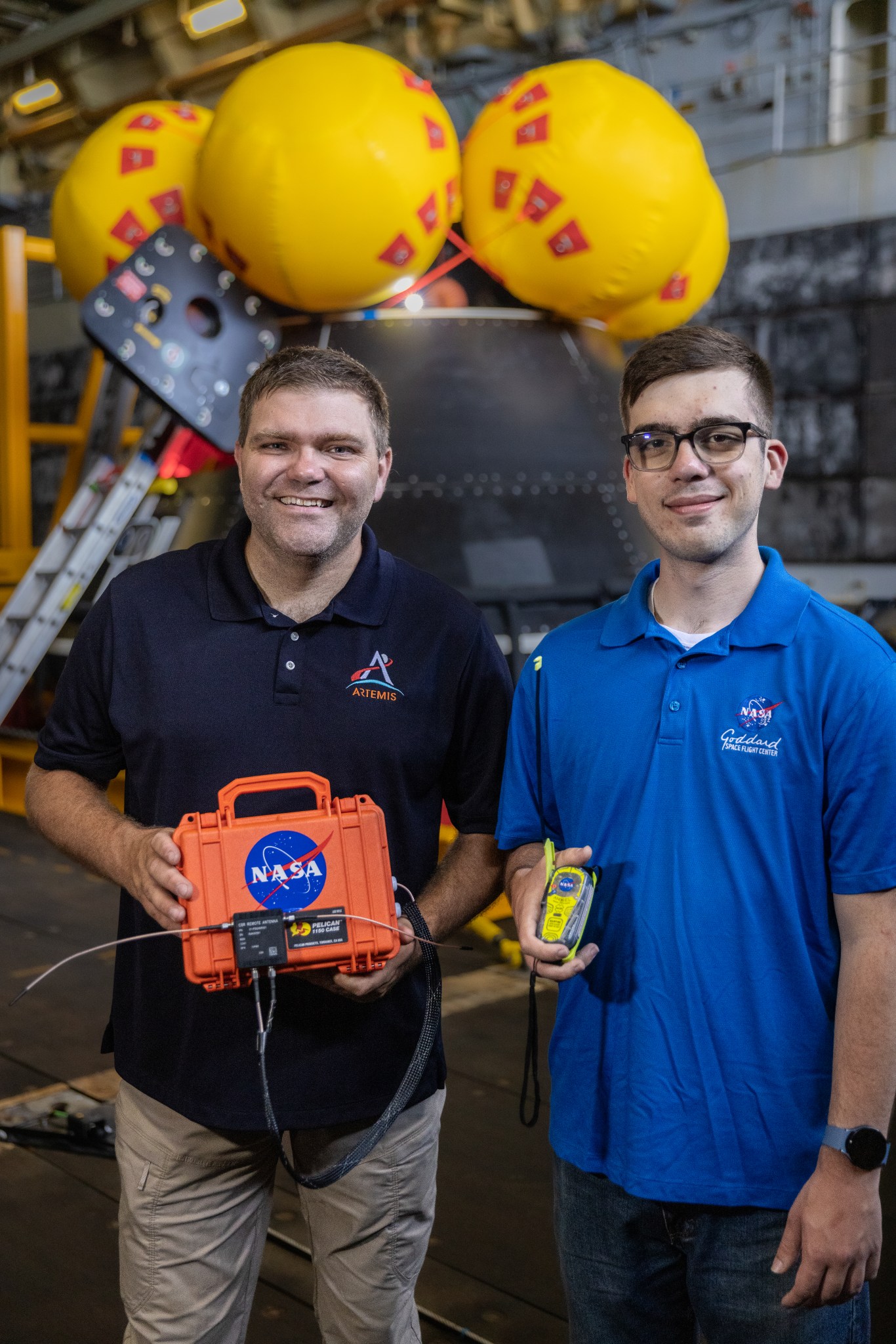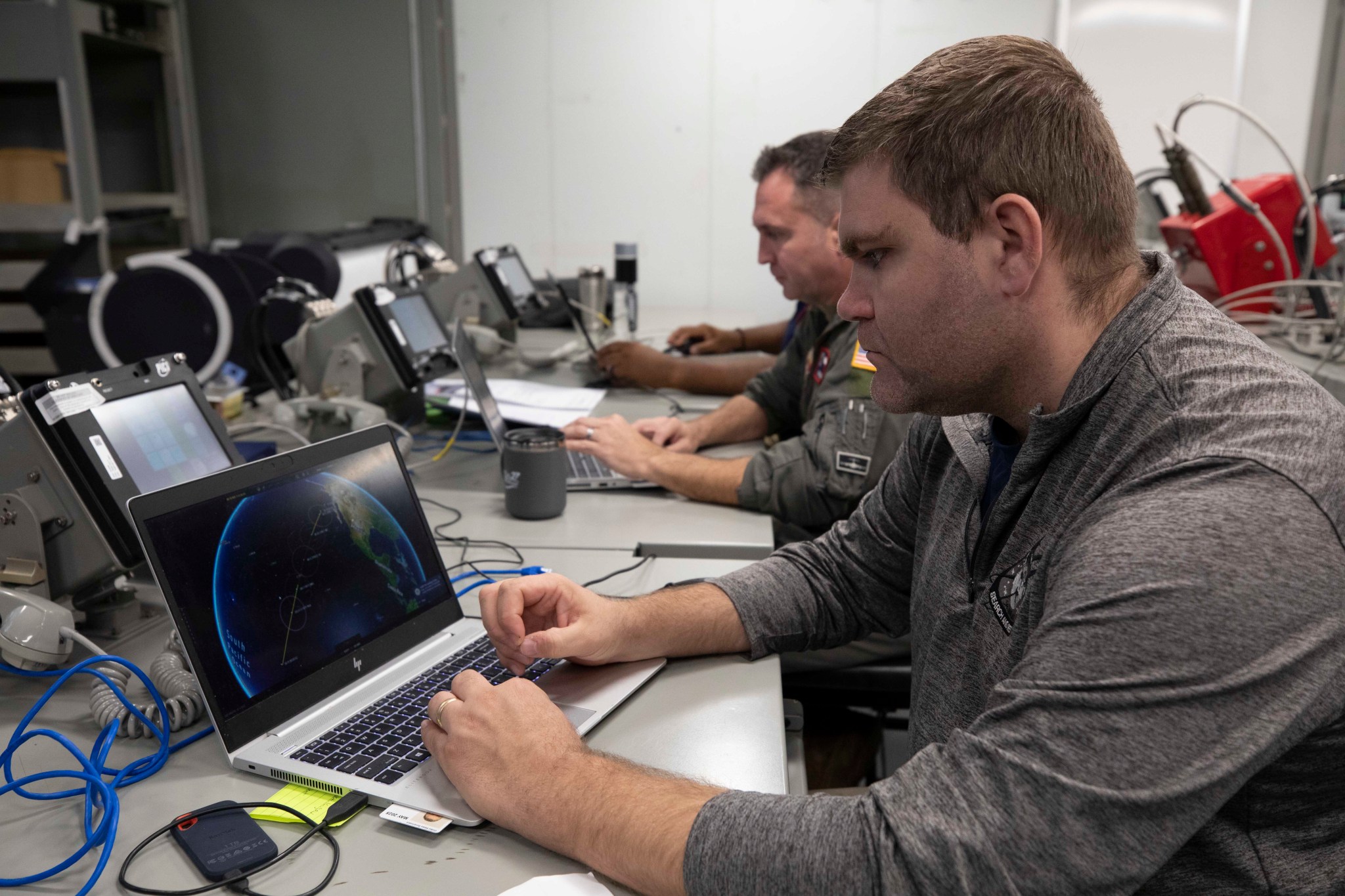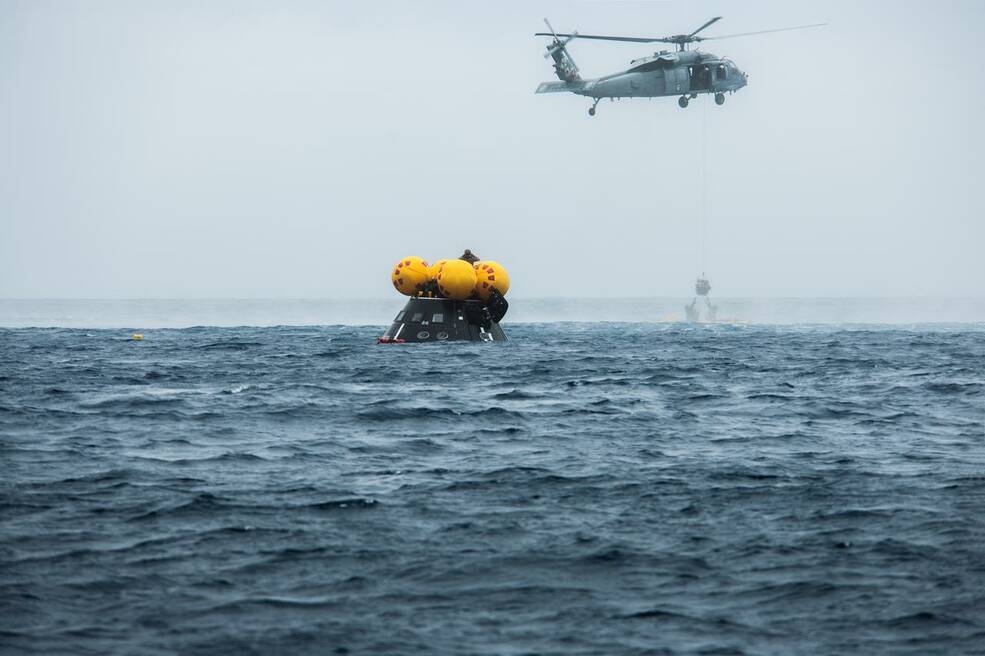When Artemis II NASA astronauts Reid Wiseman, Victor Glover, Christina Koch, and Canadian Space Agency astronaut Jeremy Hansen splash down in the Pacific Ocean after a 10-day mission around the Moon, NASA’s landing and recovery team will be ready to bring the Orion capsule and our astronauts back to land.
A major player in the capsule recovery and Artemis II crew safety is NASA’s Search and Rescue office based at the agency’s Goddard Space Flight Center in Greenbelt, Maryland, and managed by the Space Communications and Navigation (SCaN) program at NASA Headquarters.
For over 40 years, the Search and Rescue office has aided the international Cospas-Sarsat Program in the development of search and rescue technologies. These technologies allow hikers, boaters, and pilots activate a distress beacon should they find themselves in trouble. Since 1982, the system has been responsible for saving over 50,000 Earth explorers.
Now, the Search and Rescue office is applying their years of expertise to support NASA’s Artemis Moon missions. For Artemis II, NASA is equipping second-generation beacons called Advanced Next-Generation Emergency Locators (ANGEL) on the astronauts’ life preservers and installing another location beacon onto the Orion capsule so both can be located quickly.
The ANGEL beacon is a palm-sized device that integrates into the Orion Crew Survival Systems suit the astronauts will wear during launch and landing. If there is a contingency, such as a launch abort or landing outside the target splashdown zone, the ANGEL beacons will allow NASA’s Search and Rescue team to find the astronauts.
Our astronauts are one of our most valuable resources and everything we’ve done in the last few years with Orion and Artemis has been to make sure we can really embody the Artemis goals not just of exploration but bringing the crew safely home.”
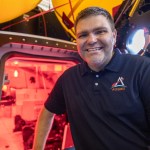
Cody Kelly
SAR Mission Manager for National Affairs
“Our role in human spaceflight across all of NASA’s crewed programs mirrors the daily work we do to support worldwide rescue, protecting those in distress in some of the world’s harshest conditions,” said Cody Kelly, NASA search and rescue mission manager for national affairs. “Our astronauts are one of our most valuable resources and everything we’ve done in the last few years with Orion and Artemis has been to make sure we can really embody the Artemis goals not just of exploration but bringing the crew safely home.”
In addition to contingency planning, the Search and Rescue office helps track Orion on the day it returns to Earth. As the capsule re-enters Earth’s atmosphere, search and rescue team members will be on board the U.S. Navy ship involved in recovery operations, tracking Orion’s beacon to determine exact splashdown location. This is achieved through the Search and Rescue Intelligent Terminal, or SAINT, which was successfully tested during the uncrewed Artemis I mission in 2022. Once the main parachutes deploy on the capsule, the beacon is activated, and SAINT begins feeding location data to the recovery crew. The beacon is only turned off once recovery forces are at the capsule.
In July 2023, as part of the Artemis Underway Recovery Test 10, members of the search and rescue team were aboard the USS John P. Murtha putting their recovery hardware and procedures to the test. The team validated their mission posture and ensured that ANGEL, SAINT, and Orion’s beacon will all operate as planned. Additionally, they used this recovery test to simulate different recovery scenarios to ensure their communications channels and hardware work as intended.
Though the team hopes they will not have to use the ANGEL beacons during the Artemis II mission, NASA’s Search and Rescue office is standing by, tracking the Orion capsule and ensuring astronauts make it home safely.
“The work we do is deeply personal. We know that it’s our friends and colleagues in that capsule and need to ensure they feel safe throughout their journey,” said Kelly. “It is truly an honor and dream come true to be a small part of this large NASA effort.”
By Katherine Schauer and Madison TuttleNASA’s Goddard Space Flight Center, Greenbelt, Md.NASA’s Kennedy Space Center, Florida



























